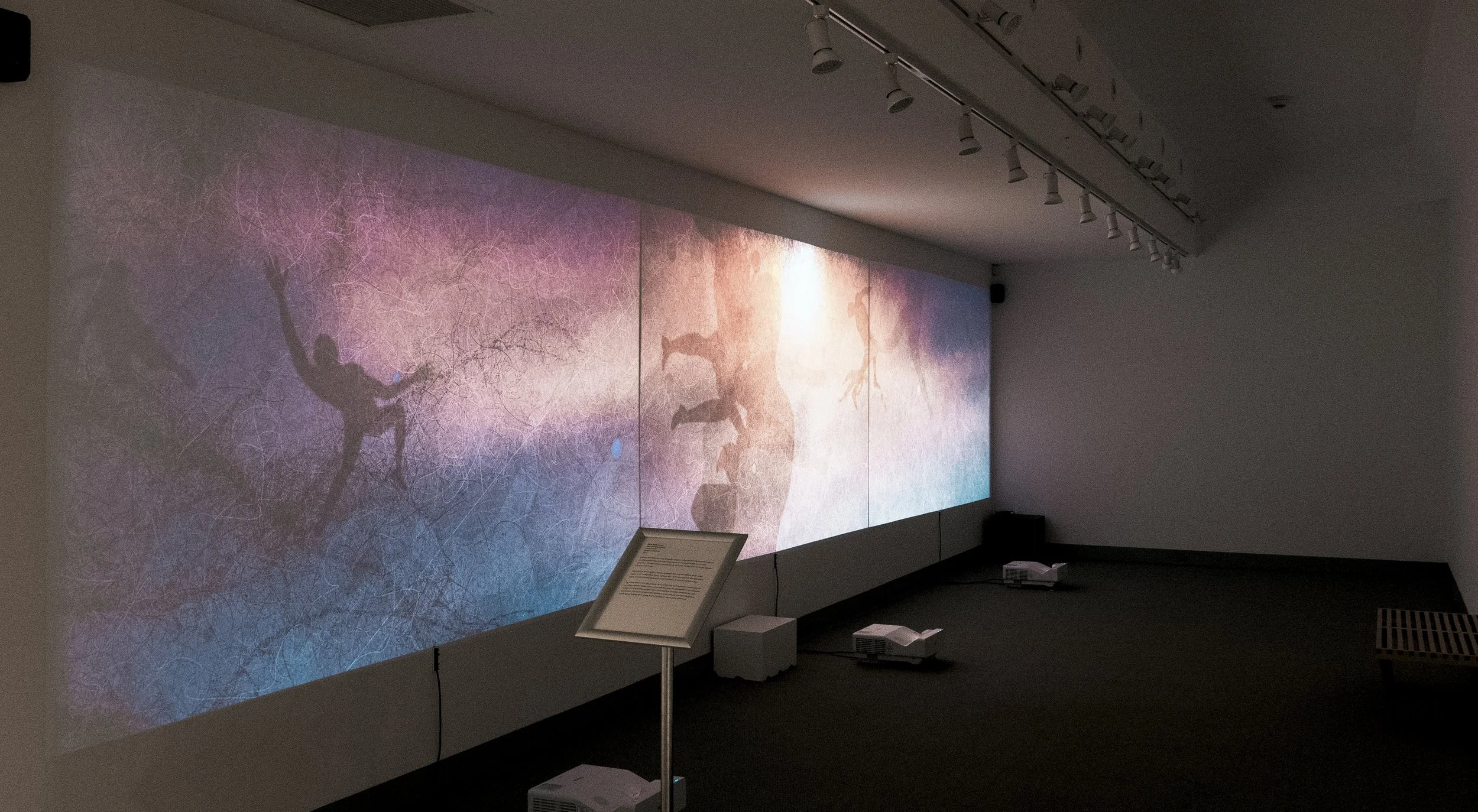HAMLINE UNIVERSITY’S DEPARTMENT OF DIGITAL + STUDIO ART PRESENTS
2025 FACULTY BIENNIAL
FEATURING WORKS BY
JOSH GUMIELA, CURT LUND, BRIGHTON MCCORMICK, MEAGAN MILLER, DAVE RYAN, ANNE RYNEARSON, JOHN-MARK SCHLINK AND JAE-EUN SUH
OPENING RECEPTION: MARCH 7TH, 6-8 PM
WHERE: THE SOEFFKER GALLERY, DREW FINE ARTS BUILDING AT HAMLINE UNIVERSITY
WHEN: MARCH 7TH-MARCH 28TH
Jae-Eun Suh

Josh Gumiela and Dave Ryan, "Gravity's Law", video and sound installation

Brighton McCormick, Anne Rynearson, John-Mark Schlink

Anne Rynearson, "Belladonna", acrylic on canvas, 72 in. x 60 in.

Jae-Eun Suh and Brighton McCormick

Meagan Miller, Mixed Media
